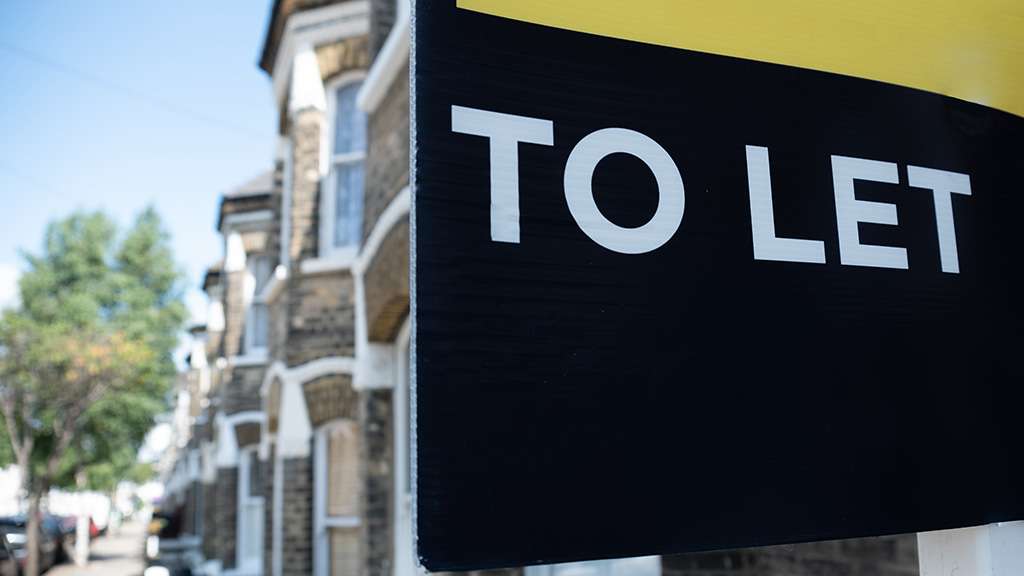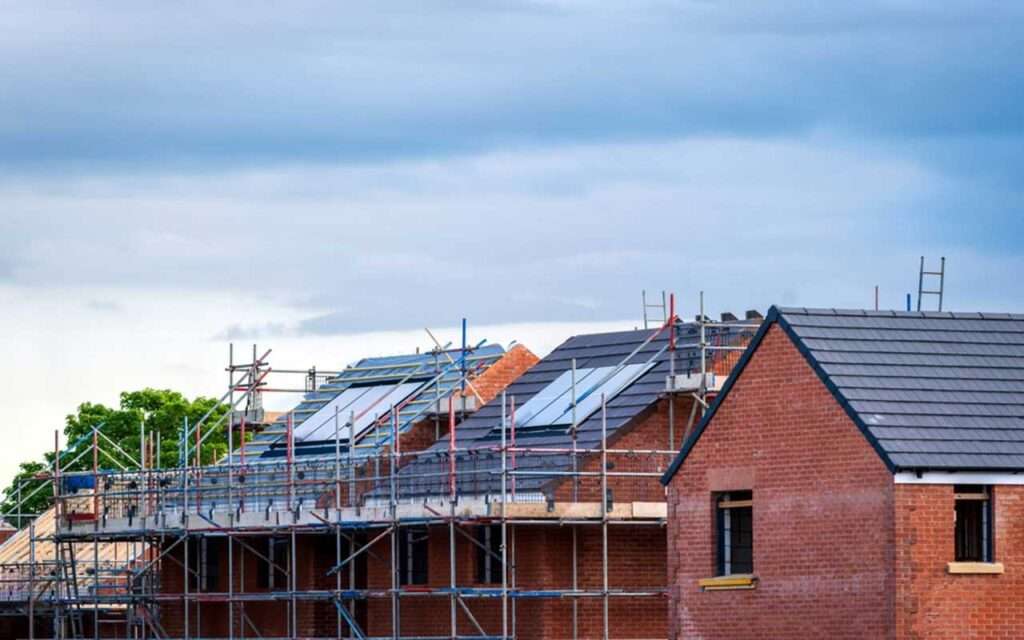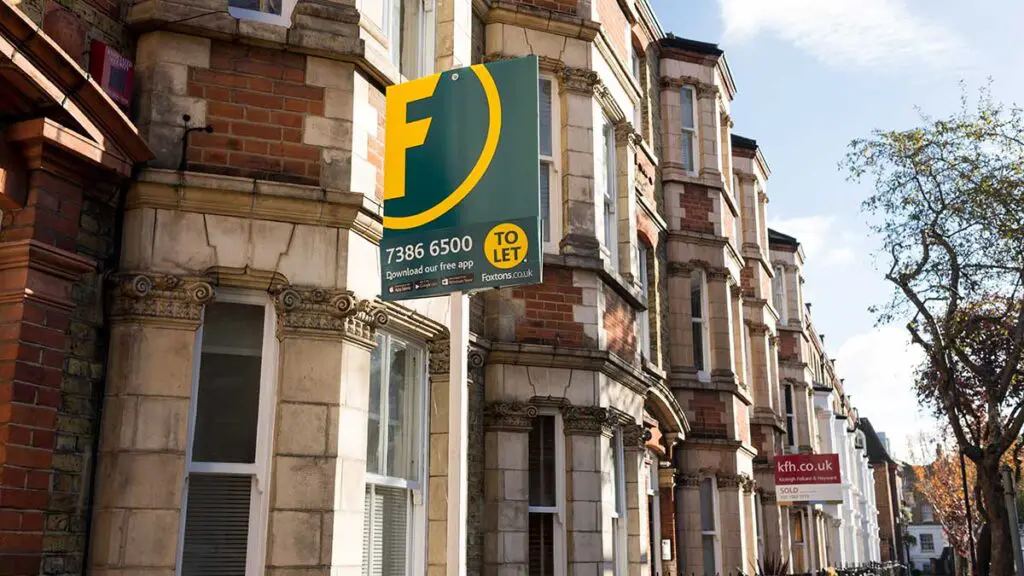UK landlords are bracing for a turbulent autumn, as buy-to-let mortgage rates edge higher and speculation grows over new taxes in the upcoming Autumn Statement.
From SWAP rate shifts to lender policy changes and regional performance insights, here are the key updates landlords need to know now.
The buy-to-let mortgage market is showing signs of renewed pressure. Two-year SWAP rates have risen from 3.5% to 3.73%, while five-year SWAPs have moved from 3.62% to 3.79%.
These modest increases have already prompted some lenders to reprice fixed mortgage products. Bond markets have also reacted negatively to uncertainty around the UK’s fiscal outlook and investment appeal ahead of the Autumn Statement.
For landlords looking to remortgage in the next 6–8 months, brokers are advising to lock in deals early as a safeguard. Rates can always be switched later, but securing a product now provides protection if borrowing costs continue to climb.
NatWest lending criteria change
In a notable shift, NatWest has updated its affordability assessments for buy-to-let mortgages. Letting agent fees are now automatically factored in, removing the need for landlords to declare them separately.
While most lenders still base affordability on gross rental income, this change may signal a broader industry move to consider costs more realistically. For landlords, it simplifies applications and could boost confidence when navigating lender requirements.
Autumn Statement tax rumours
Landlords are increasingly concerned about potential tax reforms being considered by the Chancellor. Among the rumoured proposals:
• Applying National Insurance (NI) to rental income.
• Introducing Capital Gains Tax (CGT) on primary residences valued over £1.5 million.
• Replacing Stamp Duty Land Tax with a national property tax for homes worth over £500,000.
• A potential one-off sales tax.
• Changes to Inheritance Tax thresholds and rates.
If enacted, these measures could significantly impact landlords with personally held property. Many are already exploring limited company structures as part of estate planning to mitigate potential liabilities.
Regional performance snapshot
Fresh data from The Mortgage Works’ Q2 report reveals how landlords are faring across the country:
• Average UK rental yield: 6.5%, led by the North West at 7.4%.
• Most active buyers: North East.
• Most property sales: North West.
• Rental arrears highest: Wales and East Midlands.
• Void periods most common: East Midlands.
• Strongest confidence in yields: East of England.
• Lowest economic confidence: Wales.
• Highest profitability: East Midlands, with 90% of landlords making a profit.
• Weakest performance: Central London, where more landlords report losses than anywhere else.
These findings underscore a persistent north-south divide in landlord experiences, highlighting the importance of strategic investment decisions.
While the market remains resilient — with yields in many regions holding up — landlords face an autumn of uncertainty. Rising mortgage costs, potential tax reforms, and regional disparities will make careful planning essential.
For those remortgaging, acting early could prove critical. For those with larger portfolios, now may be the time to review tax strategies ahead of November’s budget.





